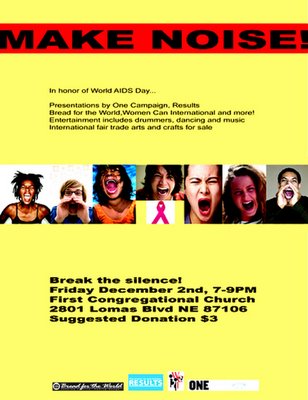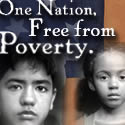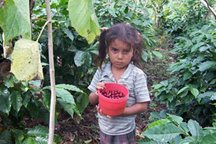
The global commemoration of World AIDS Day is on Dec. 1, but we decided to hold our event a day later because of logistical reasons.
The local event is a collaborative effort by the Albuquerque coalition for The ONE Campaign: Bread for the World, DATA, Outreach for Africa, RESULTS, Students United Against AIDS and Women Can International.
Poster designed by Nancy Kinyajui of Women Can International
For more information contact Chao Sio chaowci@yahoo.com, Carlos Navarro carlos@breadnm.org, Heidi Brooks heiditoppbrooks@mac.com, or Laura Casselman ljcas42@hotmail.com.


